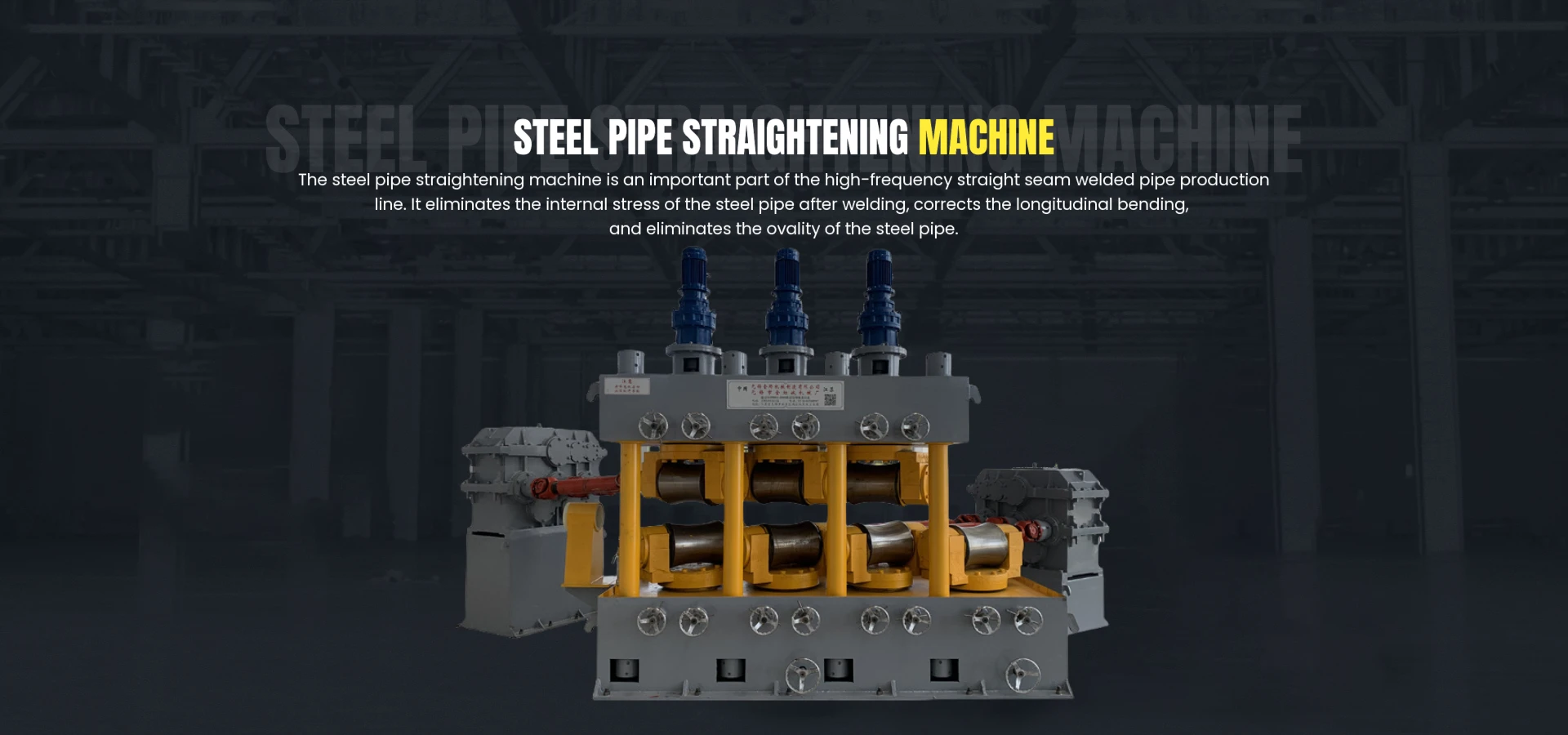steel angle roll forming machine
Understanding Steel Angle Roll Forming Machines
Steel angle roll forming machines play a crucial role in the metalworking industry by facilitating the production of steel angles, which are vital components in numerous structural applications. These machines are engineered to transform flat steel into a specific shape through a continuous bending process, utilizing a series of rotating rollers. The efficiency and precision of these machines make them indispensable in various sectors, including construction, automotive, and manufacturing.
What is Roll Forming?
Roll forming is a process that involves feeding a continuous strip of metal through a series of pairs of rollers to gradually bend the metal into a desired cross-section. In the case of steel angle roll forming machines, the objective is to produce L-shaped angles with defined dimensions and tolerances. This process allows for high-volume production, resulting in cost-effective solutions for manufacturers needing large quantities of uniform products.
The Design and Functionality of Steel Angle Roll Forming Machines
Steel angle roll forming machines consist of several key components, including the feed mechanism, rollers, and a cutting system. The design of these machines varies based on the required specifications, but the fundamental operation remains consistent.
- Feed Mechanism This component ensures that the steel strip is fed into the rollers at a consistent pace
. The speed and alignment of the feed mechanism are crucial to maintain the quality of the finished product.- Rollers These are the heart of the roll forming machine. The rollers are typically made from high-strength materials to withstand wear and maintain precision over time. Each set of rollers is designed with specific shapes and angles to achieve different profiles. As the steel strip passes through the rollers, it is progressively formed into the desired angle.
- Cutting System Once the steel strip has been formed into the desired angle, it is cut to length by a shearing system. This process can be integrated into the machine, allowing for continuous operation from the forming to the cutting stage, enhancing overall efficiency.
Benefits of Using Steel Angle Roll Forming Machines
steel angle roll forming machine

1. High Precision One of the standout advantages of these machines is their ability to produce high-quality angles with tight tolerances. This precision is essential for structural applications where even slight deviations can lead to performance issues.
2. Cost-Effectiveness Roll forming is a highly efficient process that can significantly reduce production costs. By continuously producing angles from rolled steel, manufacturers can minimize material wastage and labor costs associated with traditional fabrication methods.
3. Flexibility Steel angle roll forming machines can be designed to accommodate a range of sizes and configurations, providing manufacturers the flexibility to meet varying market demands.
4. High Production Volume The continuous nature of the roll forming process allows for high output rates. This makes it suitable for large-scale manufacturing operations requiring extensive quantities of steel angles.
5. Durability and Strength The finished products exhibit exceptional strength and durability, making them ideal for load-bearing applications. Steel angles are widely used in frames, supports, and bracing structures due to their robust nature.
Applications of Steel Angles
Steel angles produced by roll forming machines are used in a variety of applications across different industries. In construction, they are employed to create frameworks for buildings, bridges, and other structures. The automotive sector utilizes steel angles for forming chassis and body components due to their strength and lightweight properties. Additionally, manufacturers often use steel angles in conveyor systems, shelving units, and as structural reinforcements in various equipment.
Conclusion
Steel angle roll forming machines are a cornerstone of modern manufacturing, enabling the production of precise and durable steel angles essential for diverse applications. Their efficiency, cost-effectiveness, and versatility make them an invaluable investment for businesses looking to optimize their operations and meet the demands of an ever-changing market. As industries continue to evolve, the role of roll forming machines will undoubtedly remain critical, driving innovation and shaping the future of metal fabrication.
-
High Frequency Straight Seam Welded Pipe Production Line-BzZhou Xinghua Machinery Equipment Manufacturing Co., LTD.|line pipe steel&welded gas pipeNewsJul.30,2025
-
High Frequency Straight Seam Welded Pipe Production Line-BzZhou Xinghua Machinery Equipment Manufacturing Co., LTD.|High Precision&Automated SolutionsNewsJul.30,2025
-
High Frequency Straight Seam Welded Pipe Production Line - BzZhou Xinghua Machinery Equipment Manufacturing Co., Ltd.NewsJul.30,2025
-
High Frequency Straight Seam Welded Pipe Production Line-BzZhou Xinghua Machinery Equipment Manufacturing Co., LTD.|Precision Welding, High EfficiencyNewsJul.30,2025
-
High Frequency Straight Seam Welded Pipe Production Line|BzZhou Xinghua|Precision Welding&EfficiencyNewsJul.30,2025
-
High Frequency Straight Seam Welded Pipe Production Line - BzZhou Xinghua|Precision Engineering&EfficiencyNewsJul.30,2025


